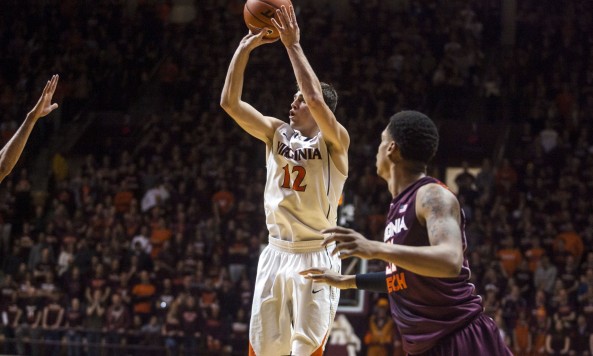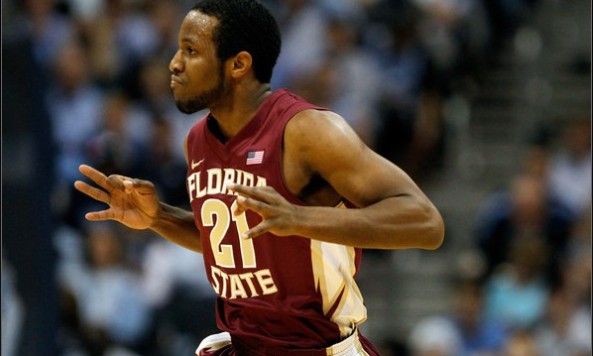1. Joe Harris, Sr., Virginia
The only returning 1st Team All Conference player in the ACC, Harris should be the preseason favorite for ACC Player of the Year. Of course, he'll need to be much, much better than any Duke or UNC guys to actually win the award, but that's another story. Harris showed the ability to take over games last year, most notably in his 36 point, 7 rebound game vs the Blue Devils. Now he's on a team with the talent and experience to compete for an ACC title. Last year he struggled down the stretch, so UVA will need to do a better job keeping him rested.
2. PJ Hairston, Jr., North Carolina
Hairston got a lot of press this off season for all the wrong reasons, but he appears to be escaping from it with little lasting damage. The leading scorer for last year's Tar Heels team, Hairston made 49% of his 2s, 40% of his 3s, and was one of the top five guards in the conference at getting to the line (4.6 fouls drawn/40). After an abysmal shooting campaign as a freshman, he looked like the player we expected last year. He's bigger and stronger than just about anyone assigned to guard him, he's lethal in transition, and he has range well past the NBA 3-point line.
3. Rasheed Sulaimon, So., Duke
Duke entered last year with a deep and talented rotation at the guard position. But then Andre Dawkins announced he'd be taking the year off, and Sulaimon was thrust into a larger role. Despite some disappearing acts late in the season, Sulaimon played well, making 46% of his 2s and 37% of his 3s. Now he's on a team which isn't loaded with seniors, and he'll be one of the more experienced guys in the lineup. With Rodney Hood and Jabari Parker expected to be stars, Sulaimon should get plenty of opportunities to score.
4. Olivier Hanlan, So., Boston College
With all the Canadian talent taking over the college ranks, Hanlan wasn't supposed to be one of the standouts. Casual fans didn't know him until his 41 point game in the ACC tournament, but he was solid all season. He was the only unanimous pick on the All Freshman team, making 49% of his 2s and 39% of his 3s. He was also 8th in the conference at drawing fouls.
5. Justin Anderson, So., Virginia
With Joe Harris (stress fracture in foot) and Akil Mitchell (broken bone in hand) limited in summer work, Anderson got a chance to star in scrimmages while the vets heal. He was drawing rave reviews from the strength and conditioning coach. Anderson is building on a strong finish to last season, where he started the final 14 games of the season. In their three post-season games he averaged 19.0 points (off an efficient 10.0 shots per game), 4.3 rebounds, 2.7 assists, and 3.0 blocks.
























